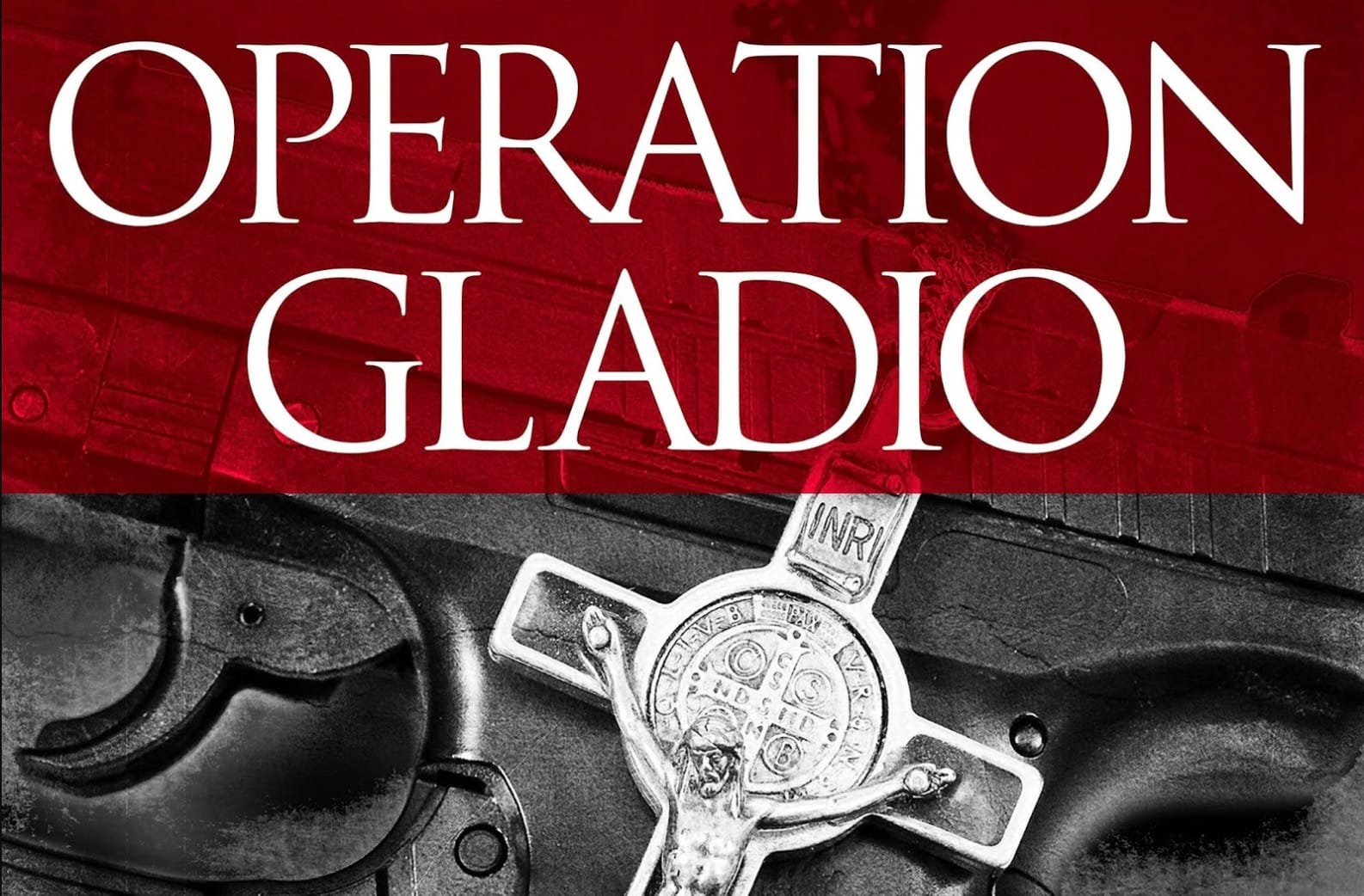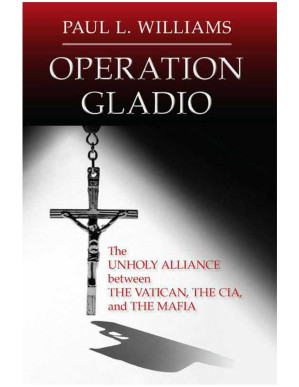Operation Gladio

NATO's Cold War Secret Armies
Operation Gladio was a clandestine NATO-led operation during the Cold War, involving the creation of secret "stay-behind" armies across Western Europe. These networks were designed to act as resistance movements in the event of a Soviet invasion, but they were also allegedly involved in false-flag terrorism, political manipulation, and assassinations to discredit left-wing movements.
Historical Background & Origins
- The operation originated from World War II-era resistance networks and was formalized under NATO's Allied Clandestine Committee (ACC) and the Clandestine Planning Committee (CPC).
- The U.S. Central Intelligence Agency (CIA) and British MI6 played key roles in organizing Gladio, with support from military intelligence agencies in NATO countries.
- The name "Gladio" (meaning "sword" in Latin) comes from the Italian branch, but similar networks existed in France, Belgium, Germany, Greece, Turkey, and others.
Key Events & Controversies
1. Revelation of Gladio (1990)
- Italian Prime Minister Giulio Andreotti officially confirmed Gladio's existence in 1990 after investigations by judges Felice Casson and Giovanni Pellegrino uncovered links between Gladio and right-wing terrorist attacks in Italy.
- Similar revelations followed in Belgium, Switzerland, and other countries.
2. Ties to Terrorism & False-Flag Attacks
- Gladio operatives were implicated in several terrorist attacks blamed on left-wing groups, including:
- 1969 Piazza Fontana bombing (Italy) – A bomb killed 17 people; initially blamed on anarchists, but later linked to neo-fascists with ties to Gladio.
- 1980 Bologna massacre – A train station bombing killed 85; evidence pointed to far-right groups connected to Gladio.
- The Strategy of Tension (Strategia della Tensione) was a tactic to destabilize Italy and prevent Communist Party (PCI) gains by fostering fear and justifying authoritarian measures.
3. International Operations
- Belgium: The Westland New Post (WNP) far-right group was linked to Gladio and involved in violent attacks.
- Greece: Gladio operatives allegedly supported the 1967 military coup that installed a junta.
- Turkey: The Counter-Guerrilla (a Turkish stay-behind force) was linked to ultra-nationalist violence, including attacks on leftists.
- Germany: The BND (German intelligence) ran similar networks; some members were linked to far-right terrorism.
4. Cold War Justifications & Denials
- NATO and Western intelligence agencies claimed Gladio was purely anti-communist defense, but critics argue it engaged in undemocratic subversion.
- 1984 Swiss scandal: A secret army was exposed, leading to public outrage.
- 1990 European Parliament resolution condemned Gladio but had little effect.
Legacy & Conspiracy Theories
- Gladio's full extent remains classified; many documents were destroyed or withheld.
- Some theorists suggest Gladio-style operations continued post-Cold War, possibly linked to false-flag terrorism in later conflicts (e.g., the Balkans, the War on Terror).
- Former CIA director William Colby admitted to Gladio in his memoirs, calling it a necessary Cold War measure.
Conclusion
Operation Gladio remains one of the most controversial Cold War secrets, exposing how Western democracies secretly supported paramilitary networks that engaged in terrorism and political subversion to fight communism. Its legacy raises questions about state-sponsored terrorism, deep-state operations, and the ethics of Cold War tactics.
For those who want to dive deeper
This disturbing exposé describes a secret alliance forged at the close of World War II by the CIA, the Sicilian and U.S. mafias, and the Vatican to thwart the possibility of a communist invasion of Europe.

Click above for the book - the audiobook is here
Journalist Paul Williams presents evidence suggesting the existence ef 'stay-behind' units in many European countries consisting of five fhousand to fifteen thousand military mperatives.
According to the author's research, the initial funding for these guerrilla armies came from the sale of large stocks of SS morphine that had been smuggled out of Germany and Italy, and of bogus British bank notes that had been produced in concentration camps by skilled counterfeiters. As the Cold War intensified, the units were used not only to ward off possible invaders but also to thwart the rise of left-wing movements in South America and NATO-based countries through terror attacks.
Williams argues that Operation Gladio soon gave rise to the toppling of governments, wholesale genocide, the formation of death squads, financial scandals on a grand scale, the creation of the Mujahideen, an international narcotics network, and, most recently, the ascendancy of Jorge Mario Bergoglio, a Jesuit cleric with strong ties to Operation Condor (an outgrowth of Gladio in Argentina) as Pope Francis I.
